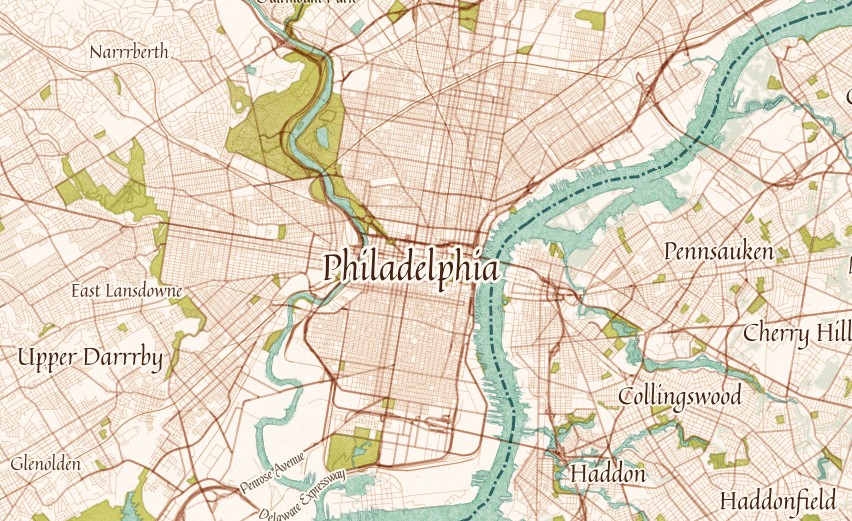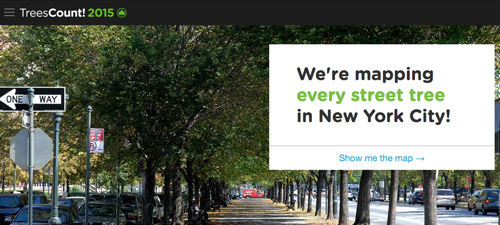All blog posts
<- View categories
-
TNC Recognized with Special Achievement in GIS (SAG) Award
We discuss our receipt of a Special Achievement in GIS Award for our work alongside The Nature Conservancy.
-
TNC Recognized with Special Achievement in GIS (SAG) Award
We discuss our receipt of a Special Achievement in GIS Award for our work alongside The Nature Conservancy.
-
Loading Spatial Data into PostGIS with QGIS
In this blog, we summarize how to approach loading spatial data into PostGIS with QGIS.

-
Converting Mapbox Studio Vector Tiles to Rasters
In this blog post, we detail our experience converting Mapbox Studio Vector Tiles to Rasters.

-
Improving Java Math Performance with Jafama
Jafama is a Java library that provides fast numeric operations that are replacements for the methods on java.lang.Math. Jafama (Java Fast Math) consists of fast – but not sloppy – counterparts of java.lang.Math treatments, plus additional ones. They are usually about 2-4 (up to 15) times faster, with about 1e-15 accuracy, and handle special cases…
-
TreesCount! 2015 Ready to Map Every Street Tree in NYC
In this post, we outline our work on the web-based system designed to help with tree mapping initiatives in NYC called TreesCount.

-
What is Spark?
We describe a group research project in which we worked to evaluate and port existing machine learning and modeling functionality in HunchLab from R to Spark.

-
Balloon Mapping: A Citizen Science Exercise
In this post we explore the idea of balloon mapping as a citizen science practice.

-
Determining the Winding of a Polygon Given as a Set of Ordered Points
When working with spatial data one often needs to work with polygons to demarcate bounding areas. One important concept related to this is winding, which defines the relative order in which the vertex points of a polygon are listed. Winding can be either clockwise (CW) or counter-clockwise (anti-clockwise) (CCW), referring to the direction in which…
-
Building TreesCount! 2015
In this post, we detail our work generating the web application that facilitated TreesCount!

-
The Changing Map of the Arctic
In this post, we discuss how geographers and cartographers approach generating a map of the arctic.
